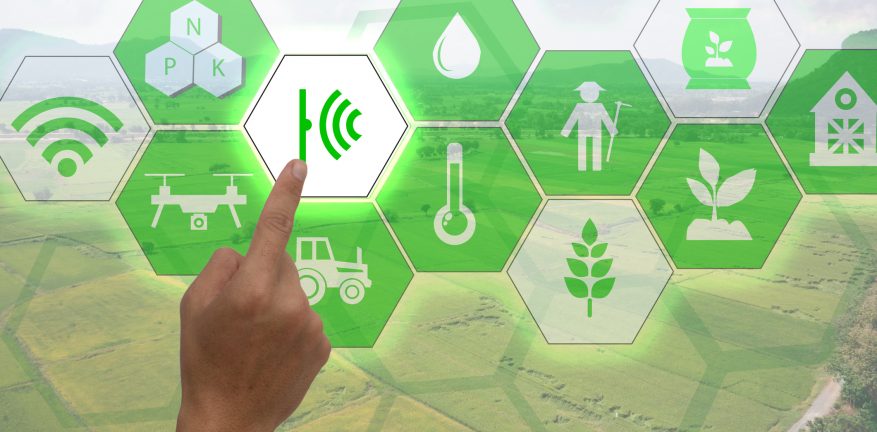Connected farming harvests data and gives agriculture a jolt
Despite technological advances in the field, agriculture largely depends on human input.
Farmers still tend to their land, harvesting crops and preparing fields for the next season.
But these age-old activities have taken on an entirely new cast with the Internet of Things collecting data alongside farmers in the field. With IoT in agriculture, farmers can reduce waste and bolster productivity. Armed with data and automation, farmers are better able to nurture, harvest and replenish their crop.

Deanna Kovar, John Deere
“Farmers have to get more productive to be profitable,” said Deanna Kovar, director of the Global Operator Station team in John Deere’s Intelligent Solutions Group.” The data from an IoT system can aid them in finding those areas where they can reduce cost and reduce risk.” [Kovar is a finalist for the Internet of Things World 2020 Leader of the Year award, which recognizes individual executives whose outstanding leadership has resulted in the success of IoT in their businesses and beyond.]
According to the American Farm Bureau, “precision technology” — including connected sensors and algorithms designed to optimize operations can reduce costs by some 15% and increase crop yield by 13%.
Over the past decade, connected farming has become an industry mainstay. By some estimates, 10% to 15% of farmers use IoT technologies on the farm, according to data from Alpha Brown.
A BI Intelligence survey expects that the adoption of IoT devices in the agriculture industry will reach 75 million in 2020, growing 20% annually. At the same time, the global smart agriculture market size is expected to triple by 2025, reaching $15.3 billion (compared to being slightly over $5 billion back in 2016).
That’s been critical in recent years as margins have gotten tight.
Net cash farm income is forecast to decrease $10.9 billion (9.0%) to $109.6 billion in 2020, relative to the 2019 forecast. “The cost of growing that crop hasn’t changed. They have to get more productive with their time, reduce cost and reduce risk to sustain operations,” Kovar said
At the same time, demand is increasing.
The United Nations projects that the world’s population will reach 9.7 billion by 2050, causing global agricultural production to rise 69% between 2010 and 2050. To meet this demand, farmers and agricultural companies are turning to the Internet of Things for its power to drive analytics and boost production.
To read the complete article, visit IoT World Today.

















